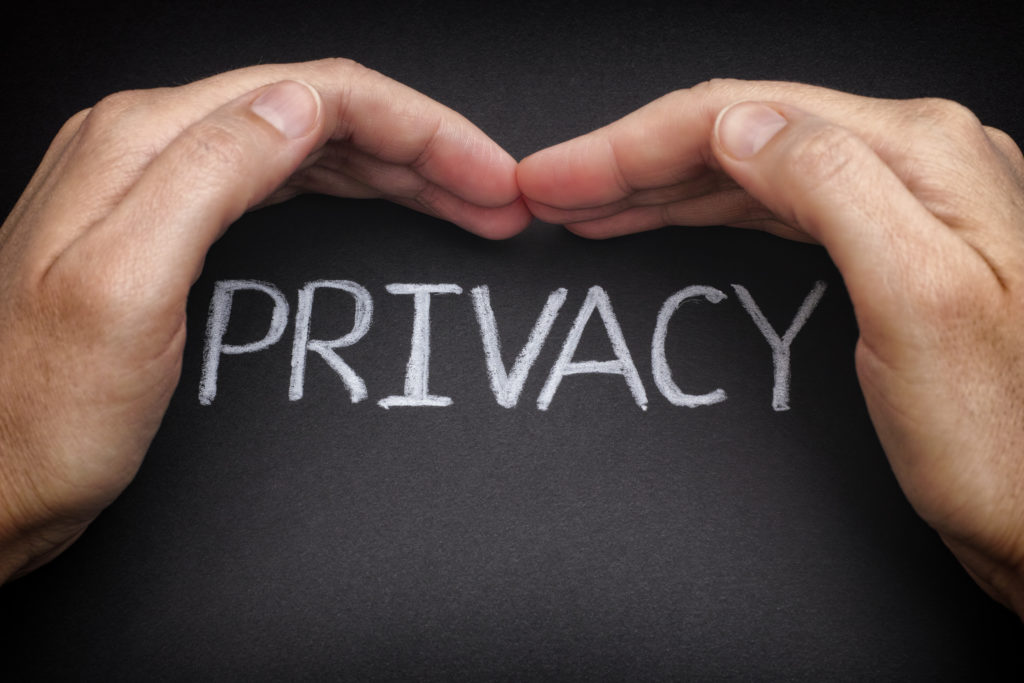

- #Privacy guard keep awake .exe
- #Privacy guard keep awake install
- #Privacy guard keep awake full
- #Privacy guard keep awake password
- #Privacy guard keep awake Pc
Public static extern uint SetThreadExecutionState(uint = 0x00000040L $Signature = CharSet = CharSet.Auto, SetLastError = true)] # "EXECUTION_STATE" changed to "uint", added "public" modifier. # Definition of SetThreadExecutionState from.
#Privacy guard keep awake .exe
exe (again, from context menu) to start, for example, from Windows Scheduler.Įxtending on Cherona's answer, here is an implementation in PowerShell, using SetThreadExecutionState().Īs long the script is running, screen saver and screen lock wouldn't start.
#Privacy guard keep awake install
To make a script, install AutoIt, right-click in any folder and choose New > AutoIt v3 Script, name it, right-click this new script, choose Edit, paste the code provided above and save. You can stop it right-clicking this icon and choosing the corresponding option. When script is running, you can see AutoIt icon in the tray. This script moves mouse cursor by one pixel in the up-left direction and after that returns it back, then sleeps for 9 minutes ( 540000 milliseconds).

If you don't want it continually running, you could also launch the script as a scheduled task (if you have access) to launch after the computer has been inactive for some time.Īnd this is a very simple script to perform an invisible mouse move, if you don't want to get into AutoIt syntax: While True Alternatively, if you use the keyboard a lot, you could make it move the mouse by a pixel or so in any direction. make it toggle the num lock, scroll lock), sleep for a minute or so, and repeat.
#Privacy guard keep awake full
When installed, you will find a small coffee cup icon appear in the System Tray.Ĭlick the empty coffee cup icon and select ‘activate’ Caffeine to stop the Ubuntu lock screen from kicking in after a period of inactivity.Ĭlick the full coffee cup icon and select ‘deactivate’ to allow the Ubuntu lock screen to kick in after a period of inactivity.You can create an AutoIt script to either continually press an unused key (e.g. You can manually edit these rules (e.g., when Flash player is in use disable screen locking) but, in my opinion, it’s far easier to manually toggle it on and off using Caffeine Indicator, which comes installed along with it (search for ‘Caffeine’ in the Dash and you’ll see it). My favourite solution is to use a small, third-party app called Caffeine. When you want to temporarily disable screen locking, sleep or associated actions you can – just give Ubuntu a shot of Caffeine! …Or Use Caffeine for UbuntuĬaffeine lets you control when you want the lock screen to kick in and when you don’t. Set it, forget it, and then focus on having that chit-chat (or do work stuff, like deliver a presentation) without worrying if your display will suddenly turn off!īy default Caffeine will turn itself on when certain “rules” are met. Like most modern Linux desktops, Ubuntu is smart enough to know that when an application (like a video player or slideshow) is full-screen the lock screen timeout shouldn’t apply.īut what if you’re watching a Twitch stream or have a video rendering while you flick through Doctor Who Magazine on your bed? Set it and forget itīut you don’t need to go to such drastic lengths to disable screen locking on Ubuntu for occasions you need it.
#Privacy guard keep awake password
The same pane also has a switch to disable the lock screen, and a menu that lets you choose a duration after which to ask for a password on wake, from ‘Screen turns off’ (Default) to 30 seconds, 1 minute, all the way up to an hour. ‘When you want to temporarily disable screen locking give Ubuntu a shot of Caffeine’ And set ‘ Turn screen off when inactive’ from ‘5 minutes’ (Default) to your preferred setting, be it 1 minute, 1 hour or never! Go to Brightness & Lock panel from the Unity Launcher. You can, through System Settings, adjust the “timeout” length, when to require a password on wake, and disable the Ubuntu lock screen entirely.

The good news is that there are a number of ways you can adjust the behaviour of both the screen blanking and the lock screen. This is done for security reasons to make sure that no one can mess with your work, uninstall apps, or access your documents when you leave the computer unattended.īut it can be super annoying if the screen locks itself too quickly (say, in the time it takes you to brew a coffee), or you work alone, where there’s no one around to mess with your device.Īnd sometimes, gosh dangit, you just want laptop screen to stay on – yes, even when you abandon it to the throes of idleness! Disable the Ubuntu Lock Screen…
#Privacy guard keep awake Pc
If you leave your Ubuntu laptop or desktop PC running idle for a few minutes, the screen will automatically blank and lock itself. To unlock the session, you must enter your user password. One of these features is automatic screen locking and screen blanking. Ubuntu’s Unity desktop ships with a number of features and settings designed to help you conserve power and improve security.


 0 kommentar(er)
0 kommentar(er)
